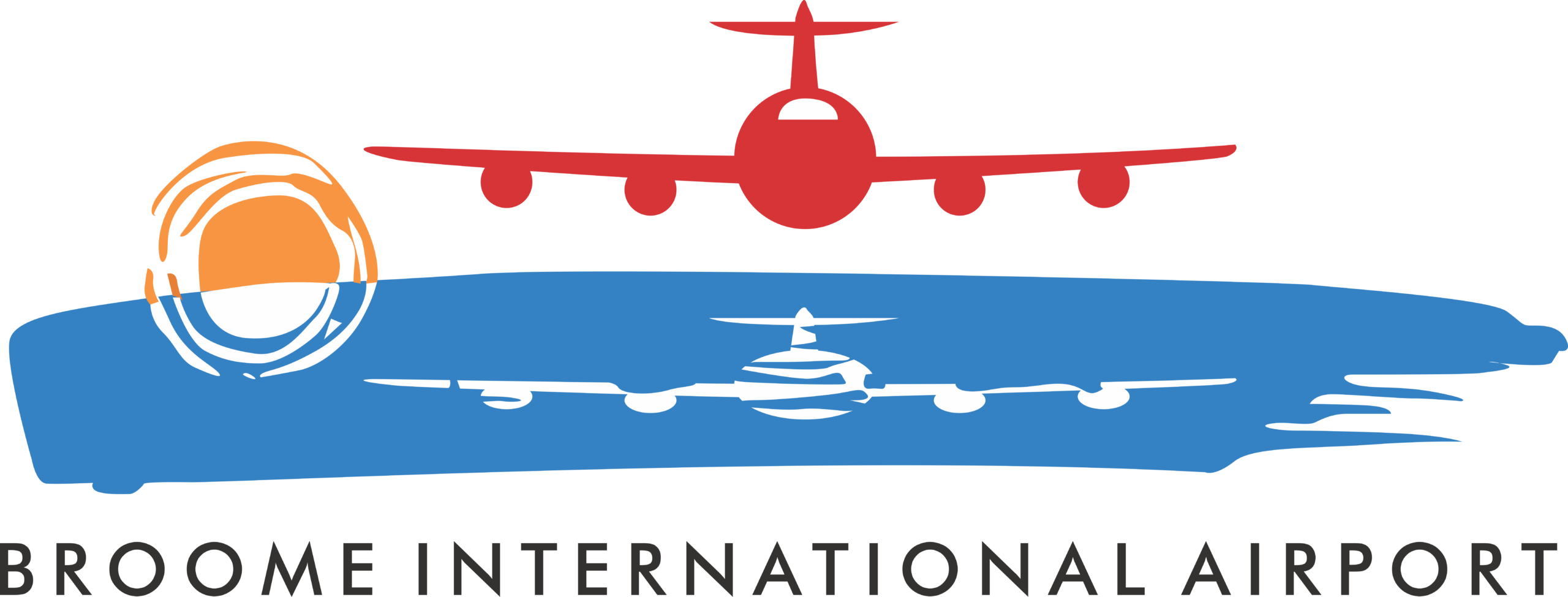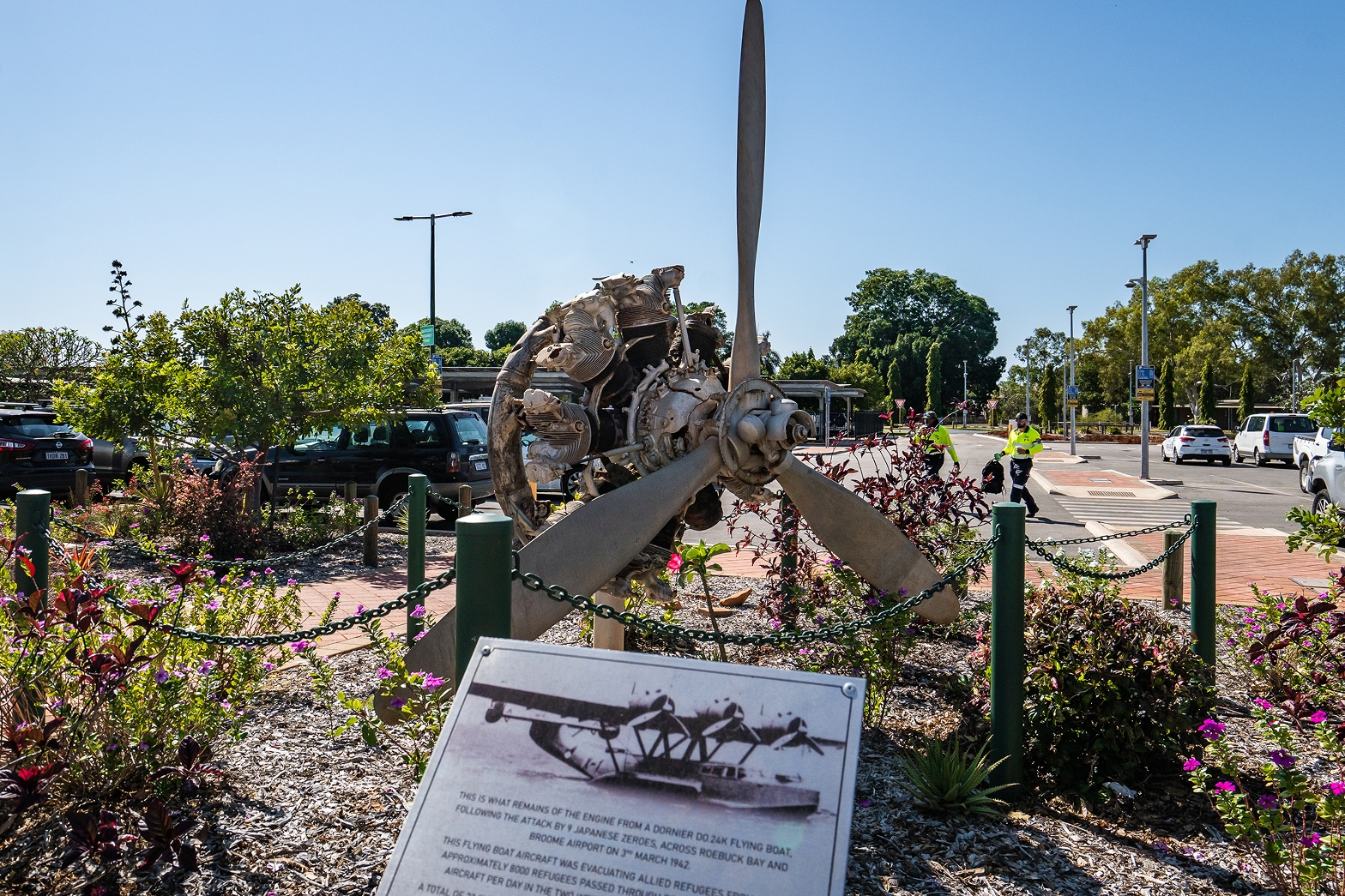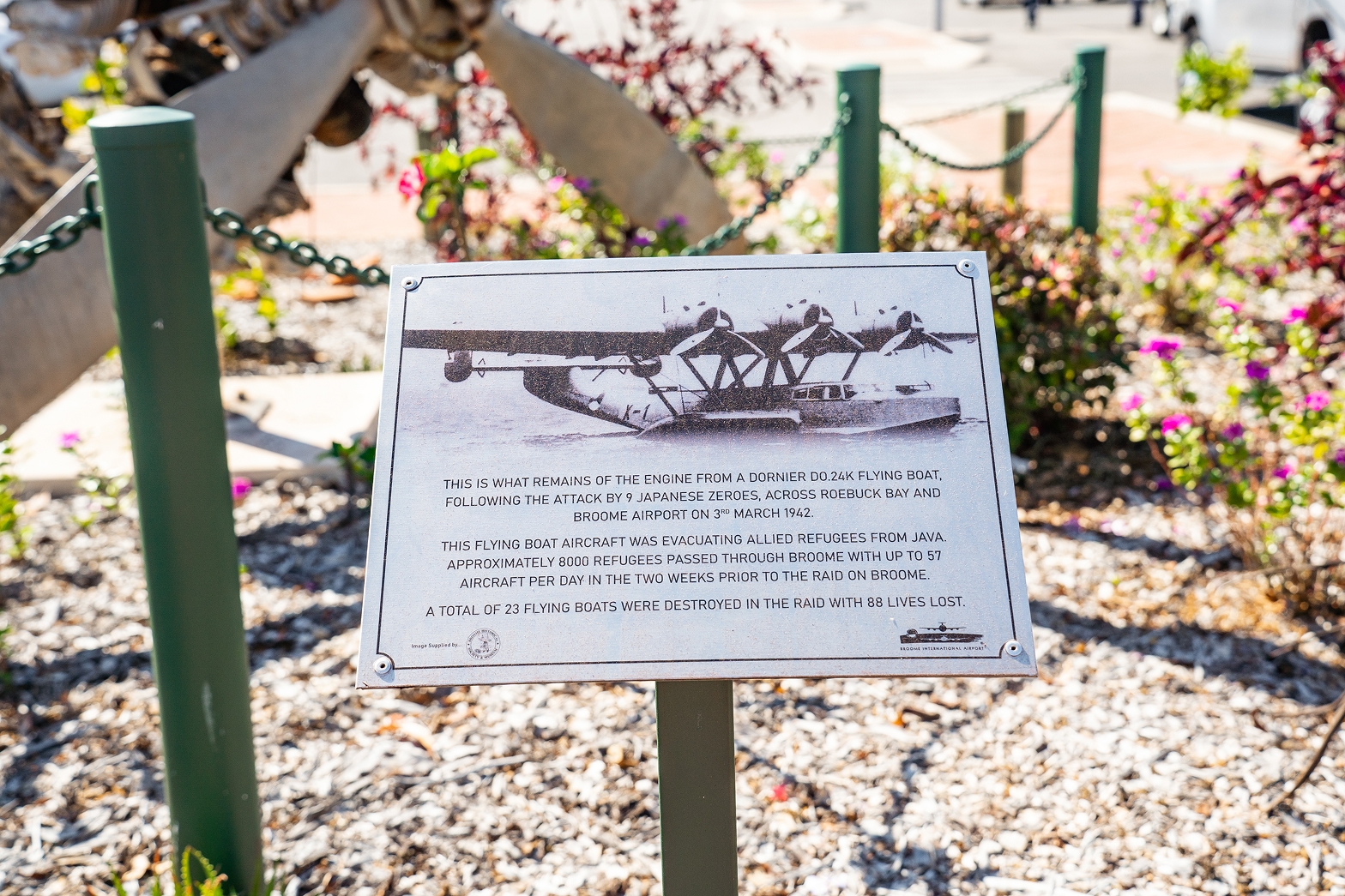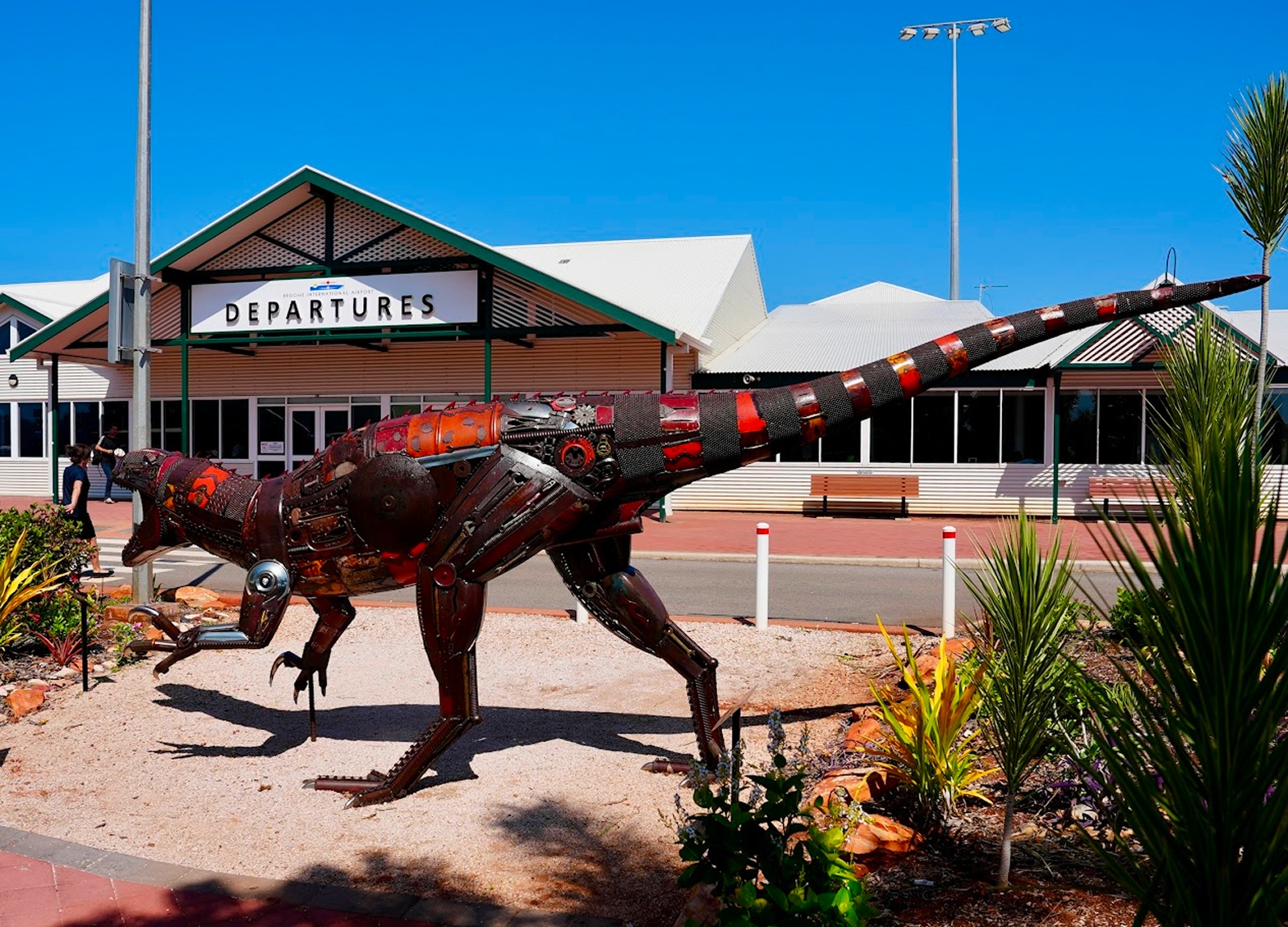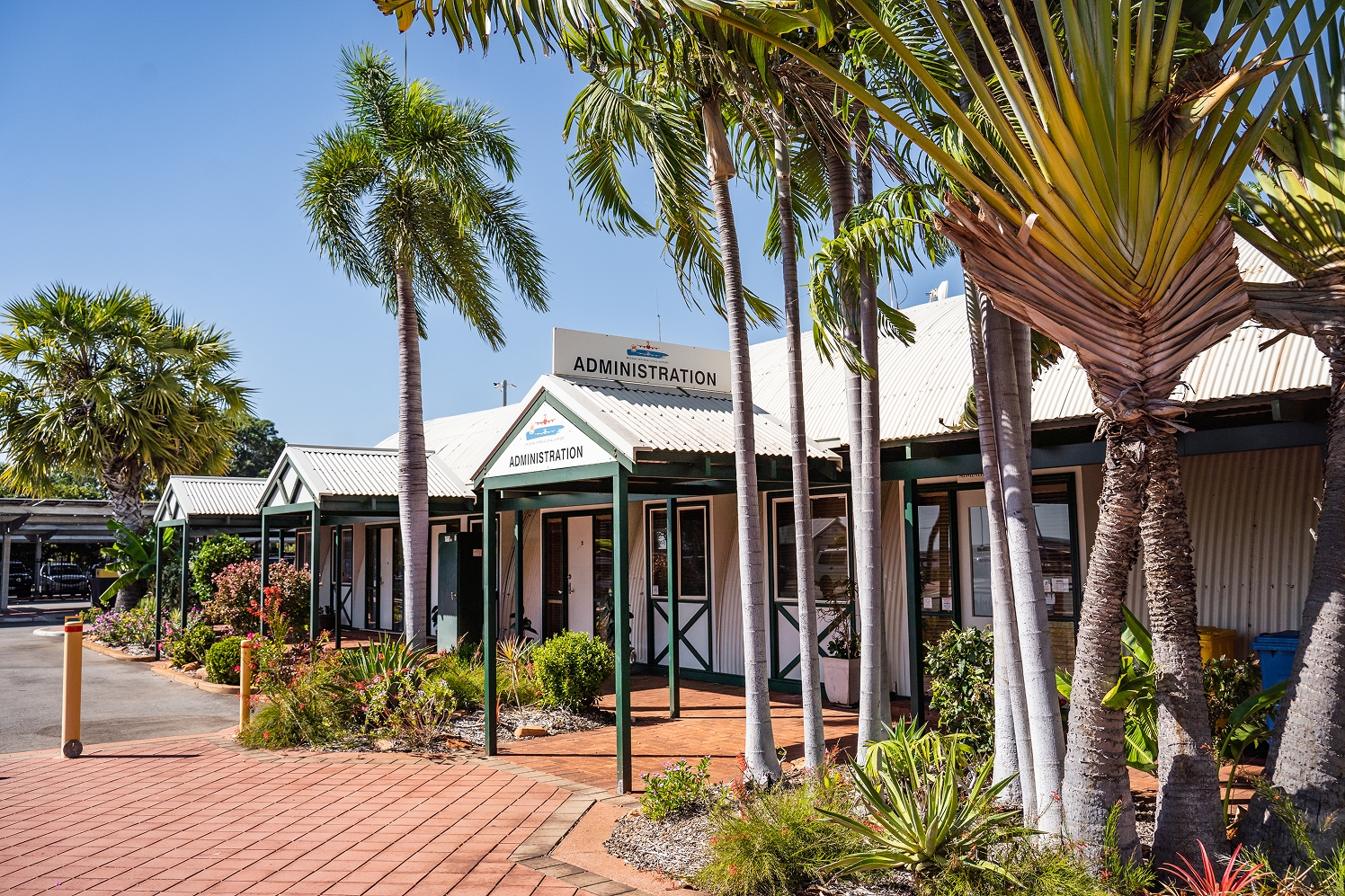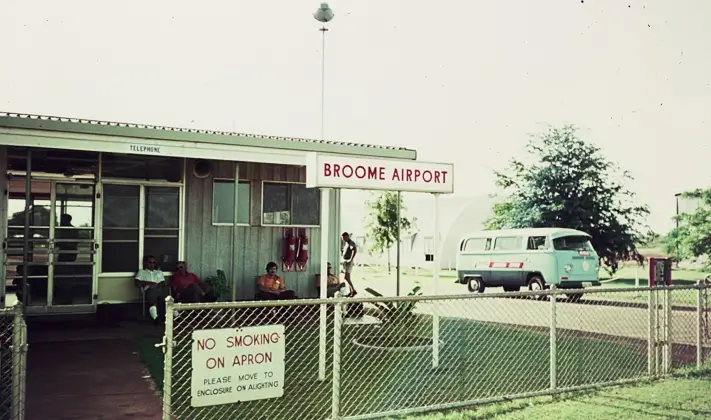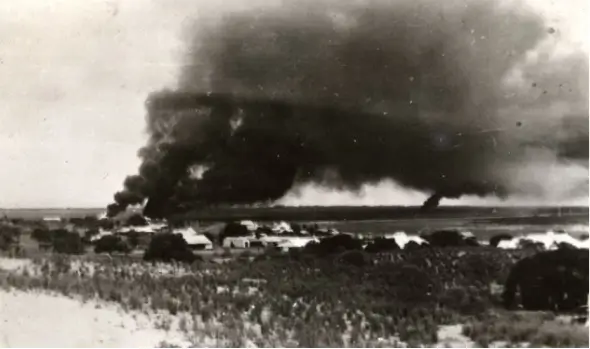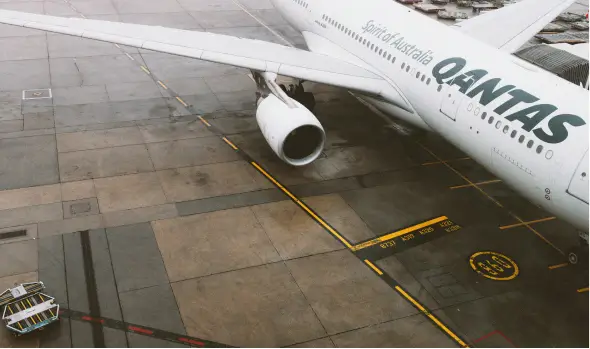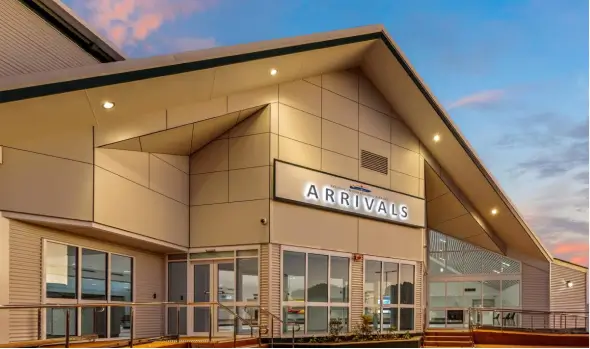
Broome International Airport Group
Connecting the Kimberley to the World
The Broome International Airport Group opens the gateway to one of Australia’s most spectacular regions. As the trusted operator of Broome International Airport, we play a vital role in connecting people, communities, and industries across the Kimberley and beyond.
Whether you’re flying in for business, exploring Broome’s world-renowned natural beauty, or supporting regional development, our mission remains the same: to provide safe, efficient, and future-ready airport infrastructure for all.
Who We Are
The Broome International Airport Group (BIAG) is the owner and operator of Broome International Airport, a key aviation hub for Western Australia’s northwest. As a private company with deep roots in the Kimberley, we are committed to supporting the growth of Broome as a thriving, connected, and sustainable region.
We work closely with airlines, tourism operators, government bodies and local businesses to ensure our airport continues to meet the needs of all who pass through it.
Our Role in the Region
As the only major airport servicing the Kimberley region, Broome International Airport Group is proud to be a vital link for remote communities, resource operations, and tourism ventures alike.
Through our infrastructure, partnerships, and services, we help drive regional resilience and open doors to the world.
From welcoming FIFO workers and medical flights to facilitating scenic tours to Horizontal Falls, our operations contribute significantly to the social and economic fabric of Northern Australia.
A Proud History in the Heart of Broome
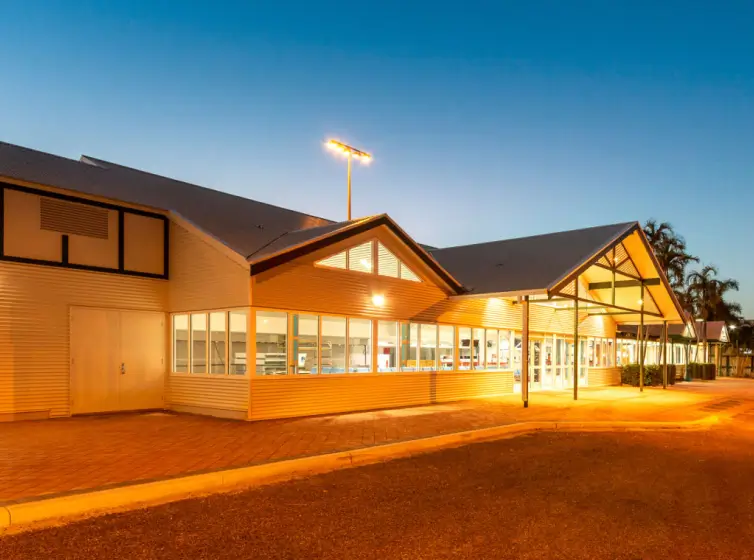
Building for the Future, Today
We’re shaping an airport that meets today’s needs and is ready for what’s next. The Broome International Airport Masterplan outlines our long-term strategy to grow in a way that’s practical, sustainable, and reflective of the Kimberley’s character.
Our priorities include:
- A more spacious and comfortable terminal
- Upgraded runways and taxiways for efficient operations
- Advanced safety and operational technology
- Environmentally conscious infrastructure and design
These improvements are designed to meet seasonal travel demand, support industry connections, and enhance long-distance travel, while keeping the spirit of Broome at the centre of the experience.
Meet Our Board of Directors
Broome International Airport is overseen by a dedicated Board of Directors, providing strategic leadership and governance to support the airport’s long-term success.
David Sauzier – Chairman
Richard Payne – Director
Paula Caplehorn – Director
Steven Reindler – Director
The Leadership Team
At Broome International Airport Group, we’re proud to be led by a team of aviation professionals who not only bring deep industry experience but a shared commitment to Broome, the Kimberley, and the communities we serve.Our leadership is focused on building a well-run, welcoming airport that supports regional growth and delivers a great experience for everyone who passes through our gates.
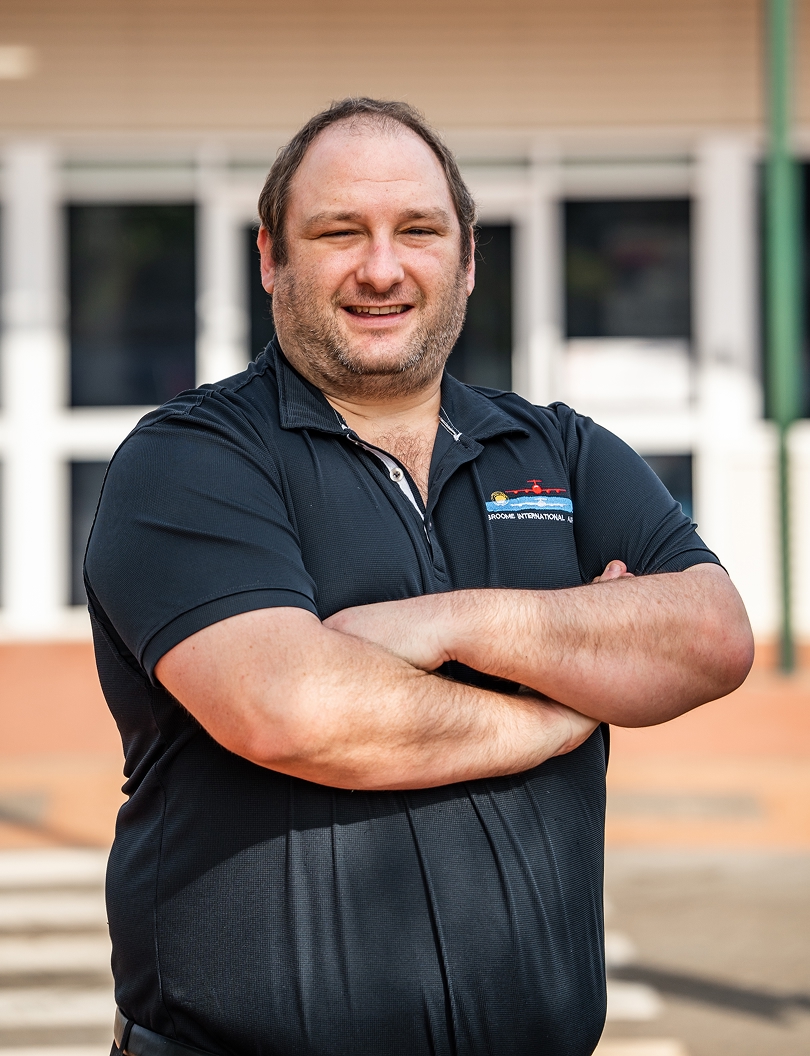

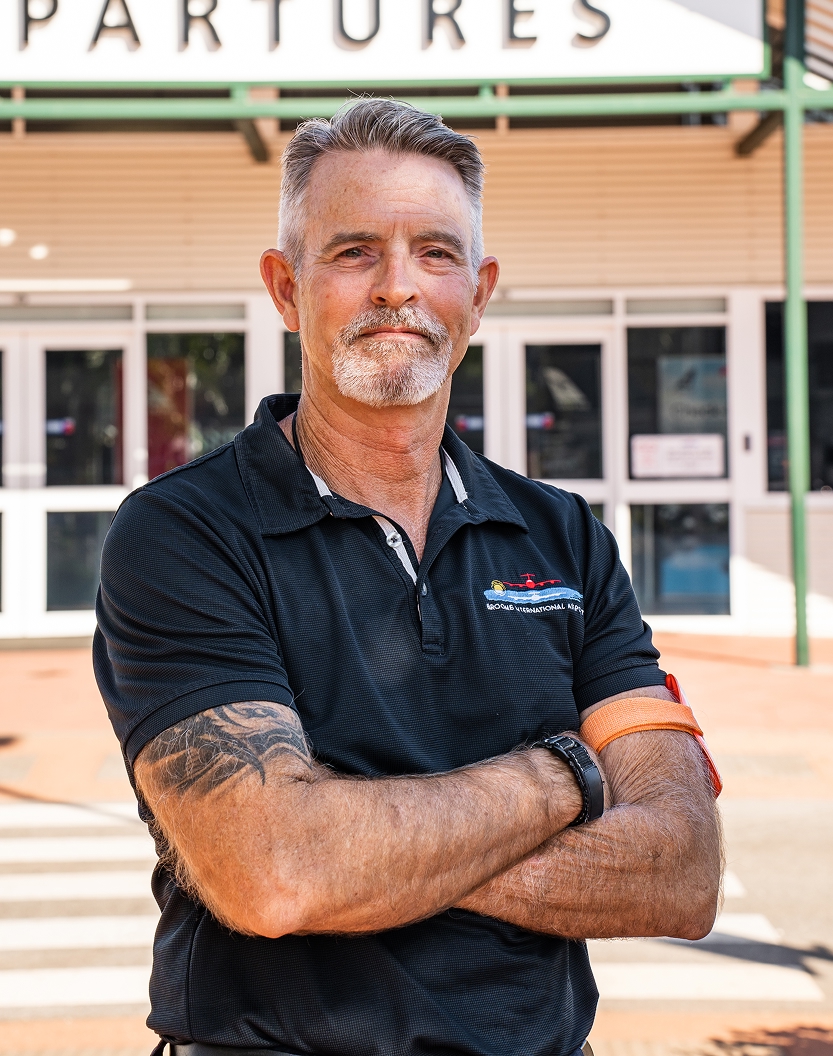

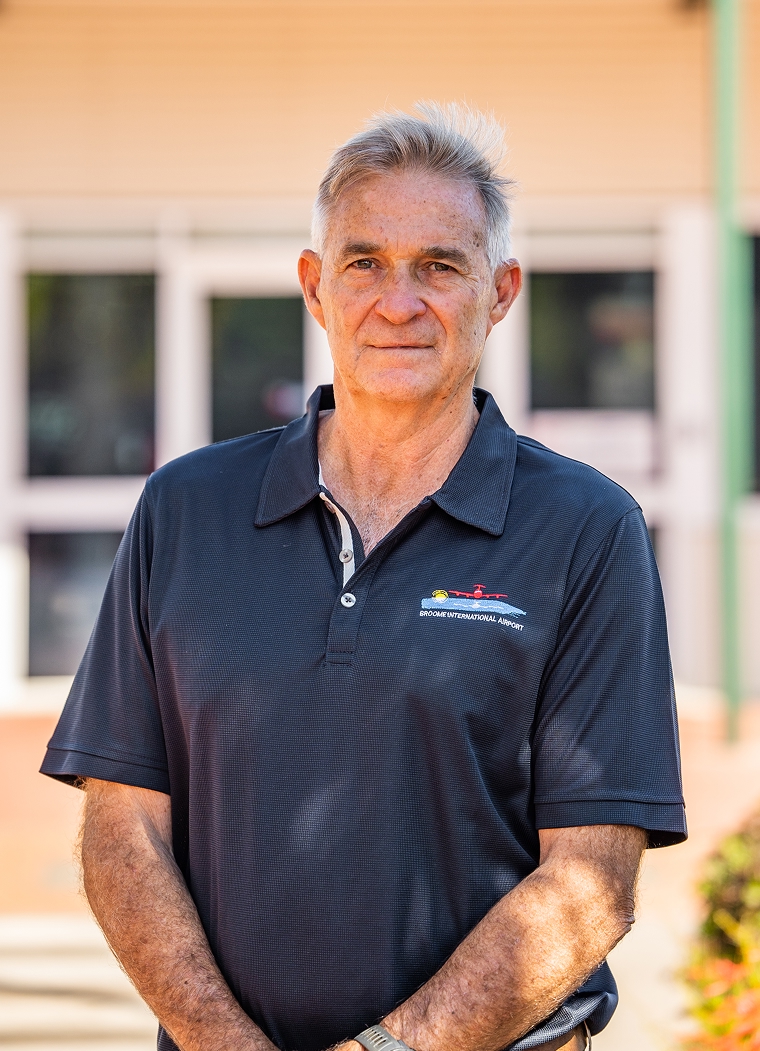
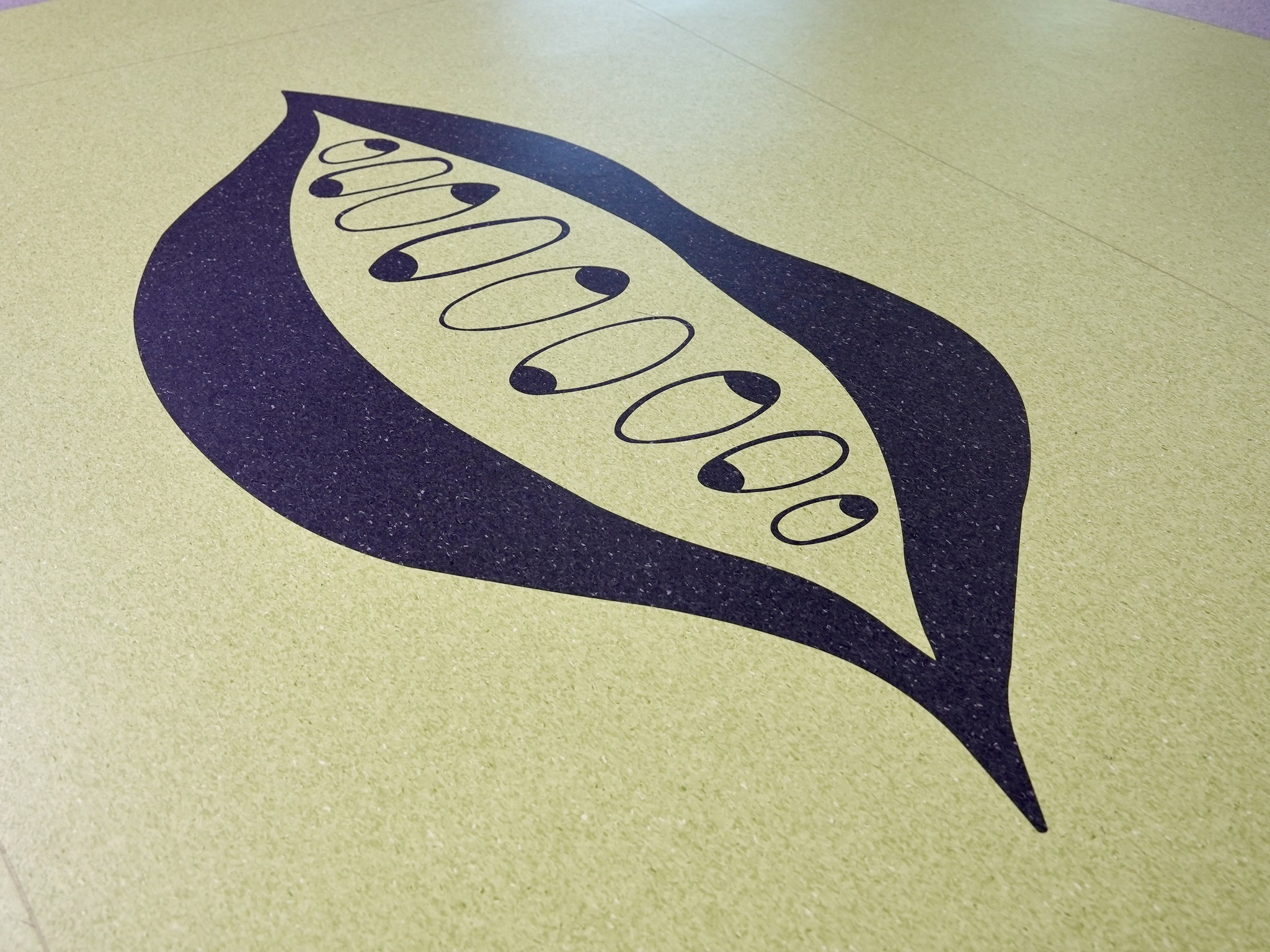

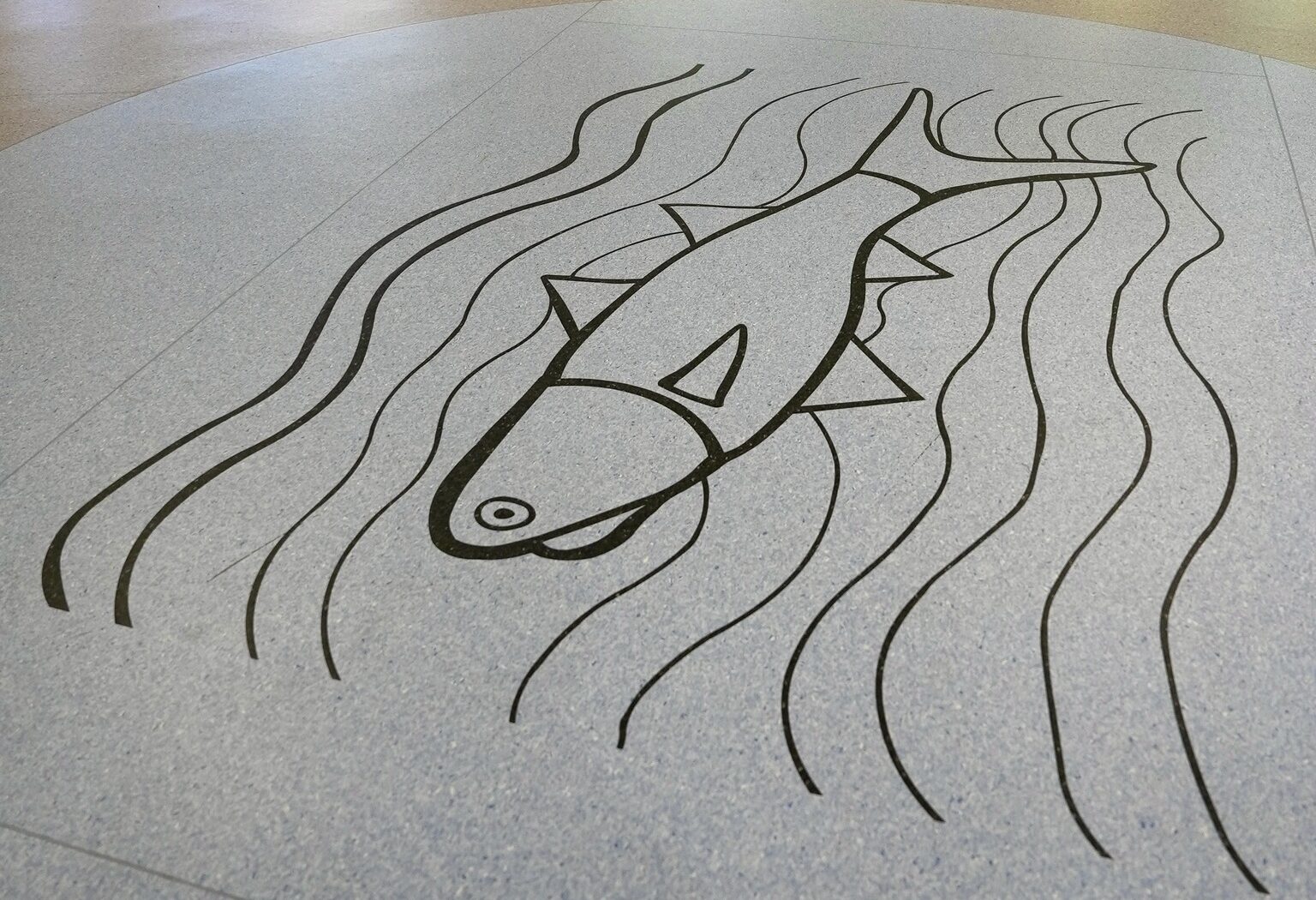
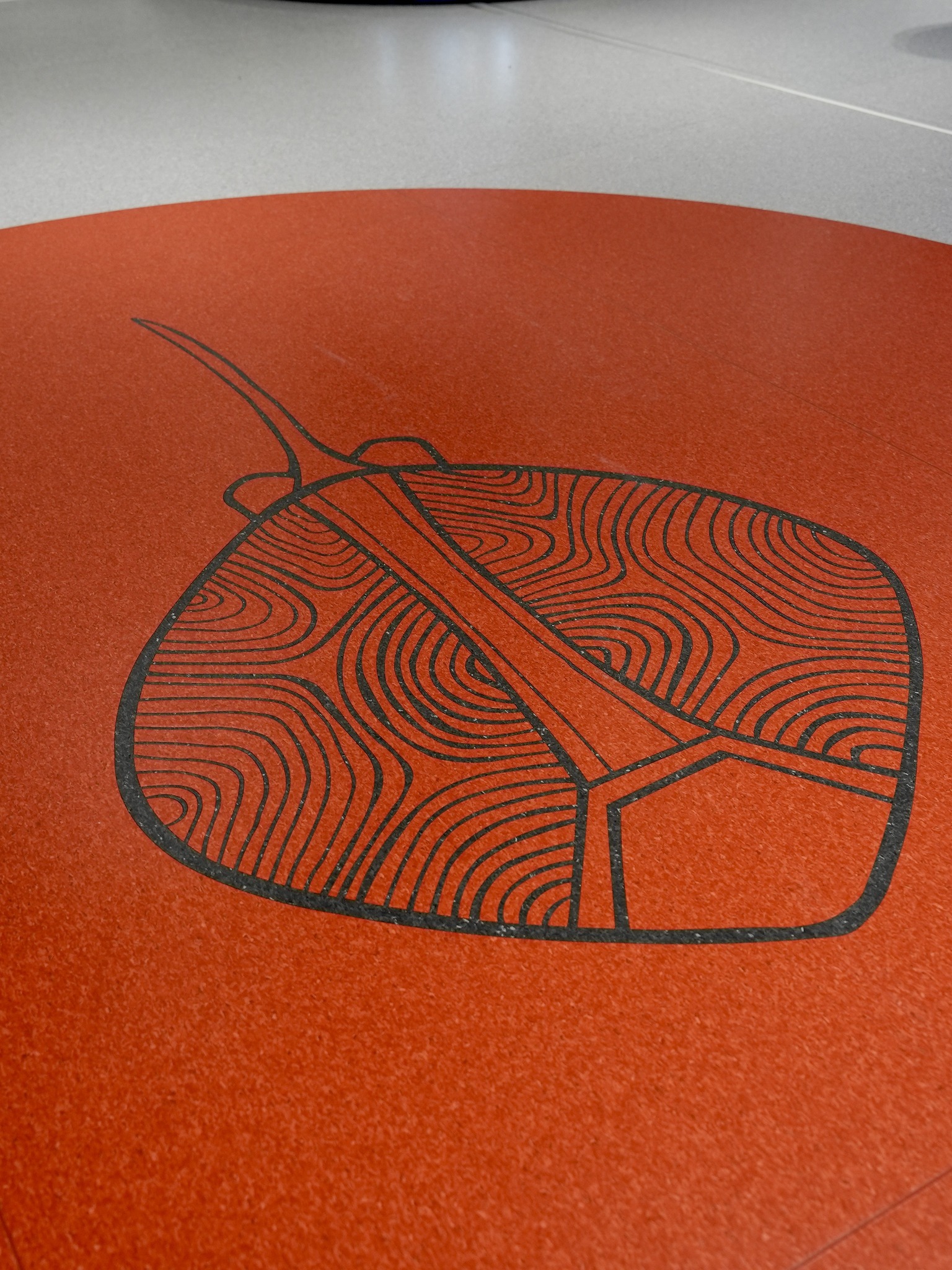
Ready to Connect?
Whether you’re an aviation partner, tourism operator, media representative, or simply planning your next journey through the Kimberley, the Broome International Airport Group is here to collaborate, support, and lead.
